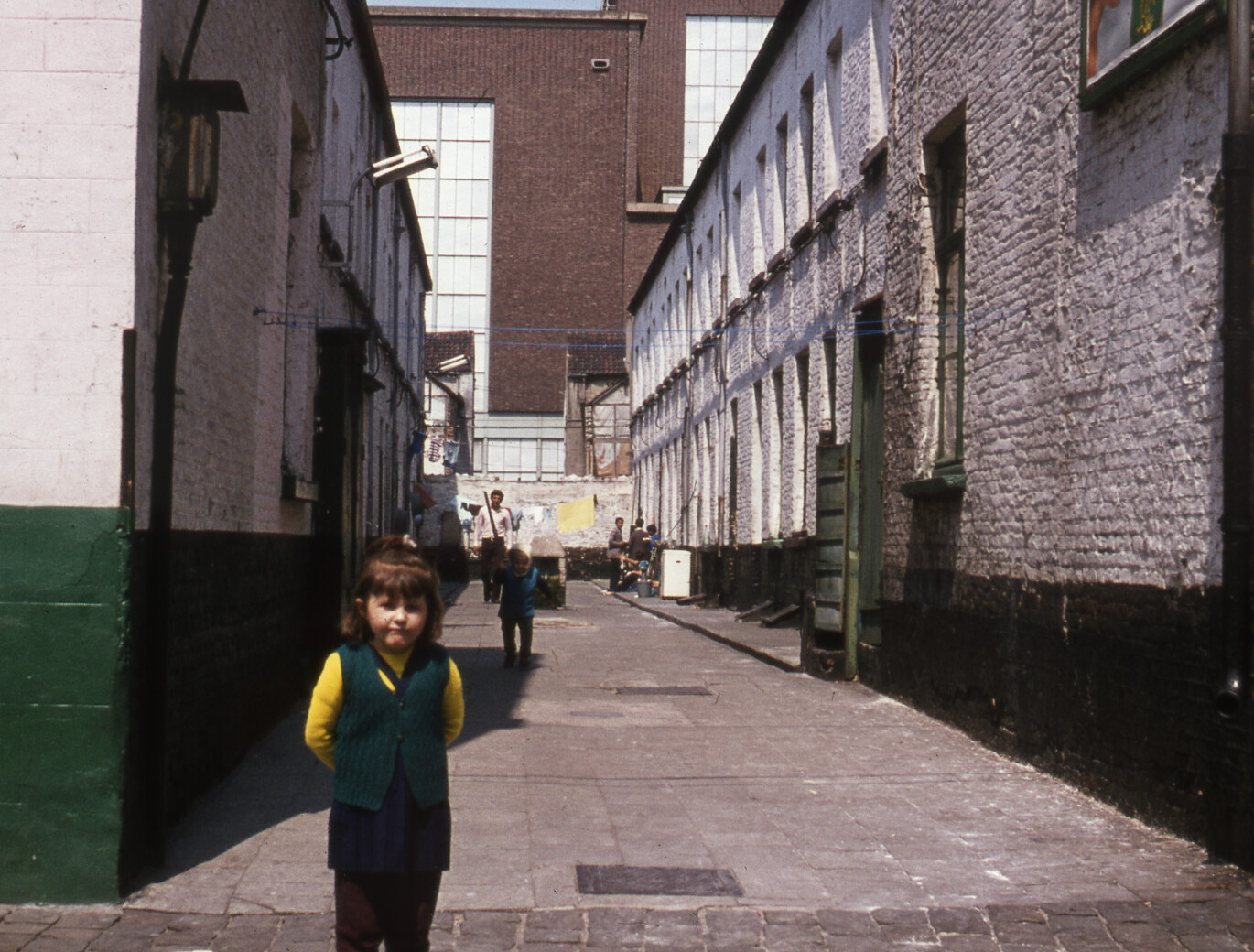
- 29 November 2024 - 31 August 2025
- Gallery texts: NL - FR - EN
- In collaboration with our historian-in-residence Tina De Gendt and Ghent Heritage Cell
Image: Marcus Haenebalcke
For centuries, the way into the city was through gigantic gates. Gates on the edge of the city, but at the centre of this exhibition. Gates that have long gone and been replaced by dynamic, colourful districts. Over the last two centuries, major changes have taken place here, but what exactly? How have these locations been shaped and redrawn? The parts of the city highlighted in this exhibition answer these questions for themselves.
A city without gateways? There was a time when no one could have imagined such a thing. The buildings themselves have been swept away in numerous cities but, even so, many of their names still recall the one-time gates, like Ghent’s Brugse Poort, Brusselse Poort, Antwerpse Poort, etc. Could anyone and everyone enter the city? What exactly went on in and around the gates? And what happened when they were dismantled?
Image: excerpt from Panoramisch gezicht op Gent in 1534
The city toll was abolished in 1860. As in other parts of Europe, Ghent’s city gates were demolished to make way for urban expansion on a massive scale. Though the city gates were removed, the points of entrance remained. And over the last two hundred years, these districts have been journey’s end for migrants arriving from all over the world, making them the dynamic centres of activity they are today.
Everyone knows the gates by name (in Ghent they are Brugse Poort, Rabot, Muidepoort, Dampoort, Heuvelpoort, Kortrijkse Poort, Keizerpoort and Sint-Lievenspoort), but what purpose did they serve? What changes have there been? How important were these neighbourhoods for the city? How did they become so superdiverse, and what exactly is the situation today?
'The Gates – On the edge of the city’ exhibition was made by and with local residents. So rather than simply observe the history of these gates and the surrounding areas, you can discover them for yourself.
'The Gates – On the edge of the city’ exhibition is the final part of STAM’s 'The square kilometre' project. With the help of a number of residents with memories of these local areas, our historian-in-residence Tina De Gendt tracked down hidden histories in the 19th-century perimeter. The Neuseplein, Brugse Poort, Rabot, Ledeberg and Dampoort were singled out tile by tile on STAM’s aerial photograph.
Do get in touch if you have an idea about a little piece of our hidden past you would like to see revealed. Or if you have a question you would like to find an answer to. Or perhaps a fun activity that has a link with the ‘gate districts’. To find out more, read on!
Contact us about an activity:
STAM turned ten last year... time for a make-over for the permanent exhibition! Since the end of 2020 you can stroll through the new Story of Ghent.
Kerkfabriek van Sint-Salvator, de Gentse parochie van de Oekraïens-Griekse katholieke kerk 'Geboorte van de Heilige Johannes de Doper' en Erfgoedcel Gent - expo
Feel free to touch! A fun children’s trail that leads through every room in the museum. Children become merchants, craftspeople, architects or city trippers and participate in city life. They sell cloth, make coats of arms, face façades and work out routes.



